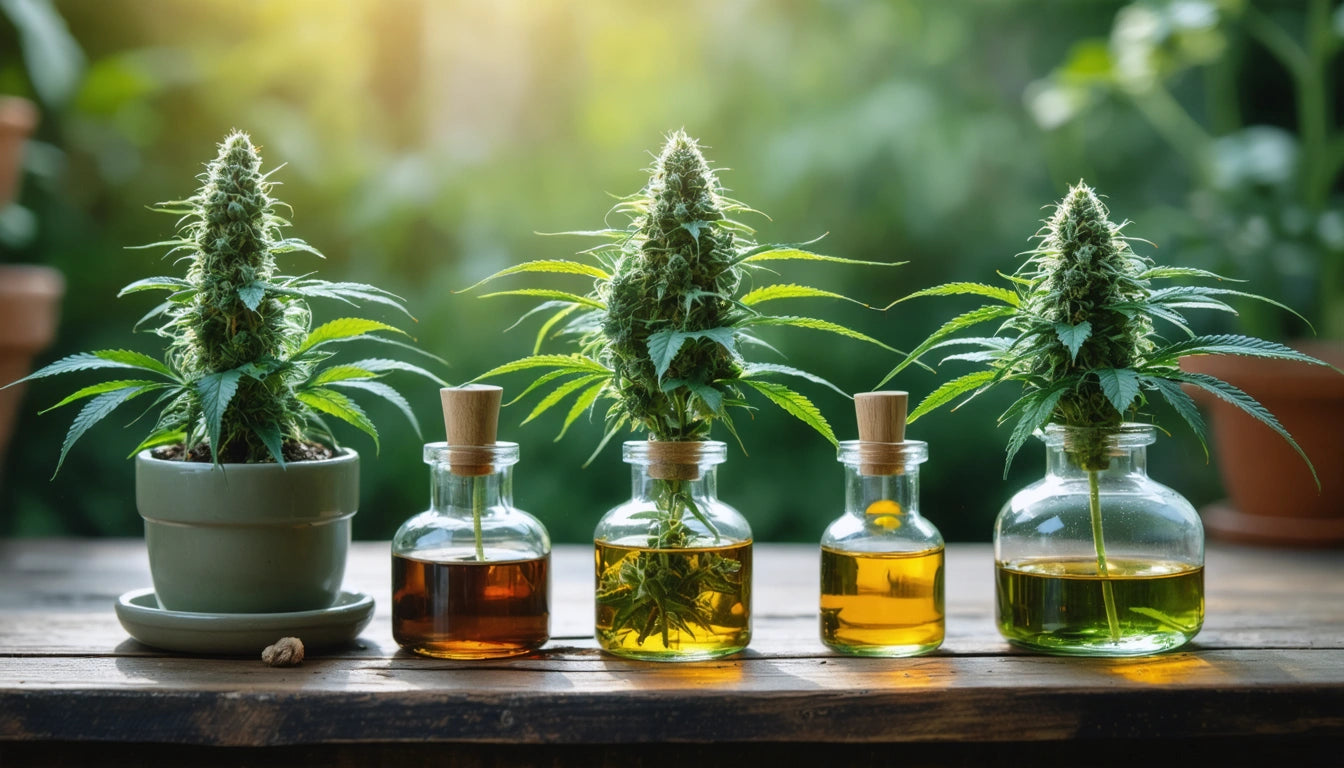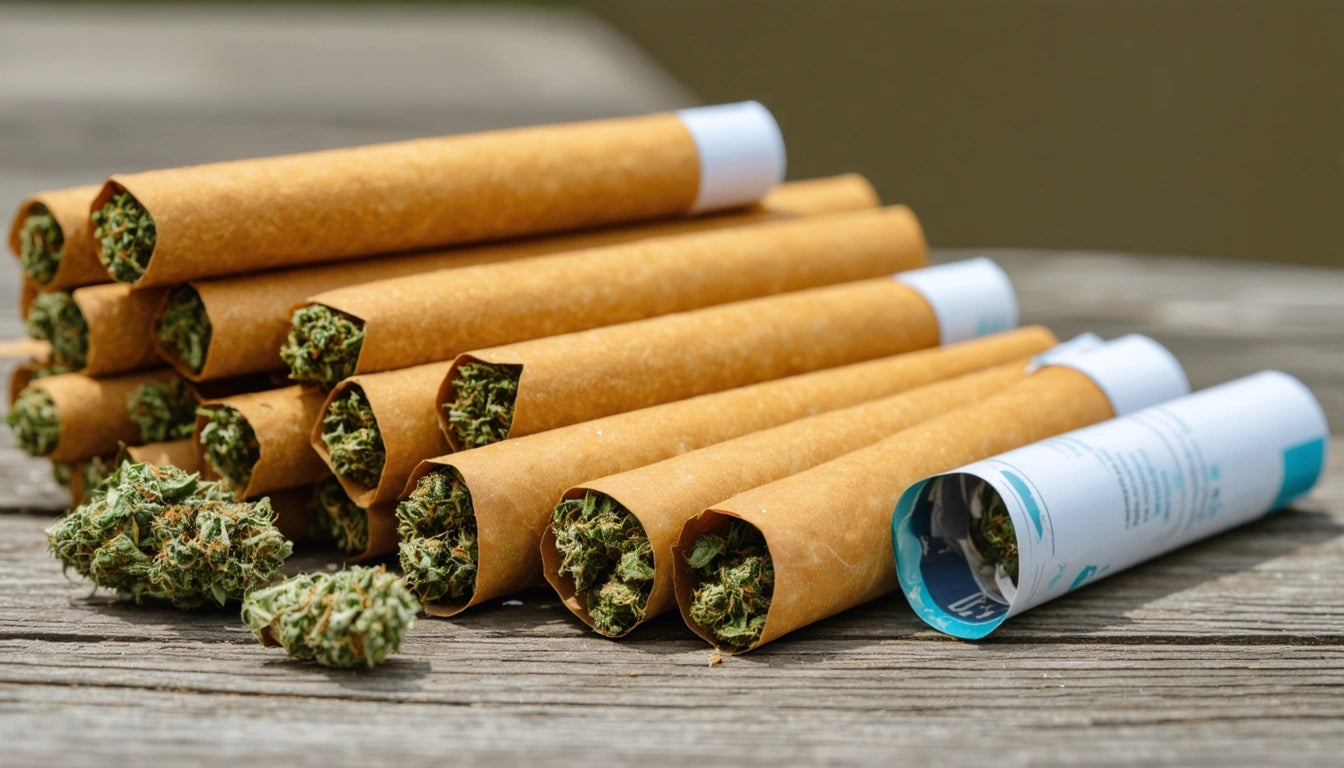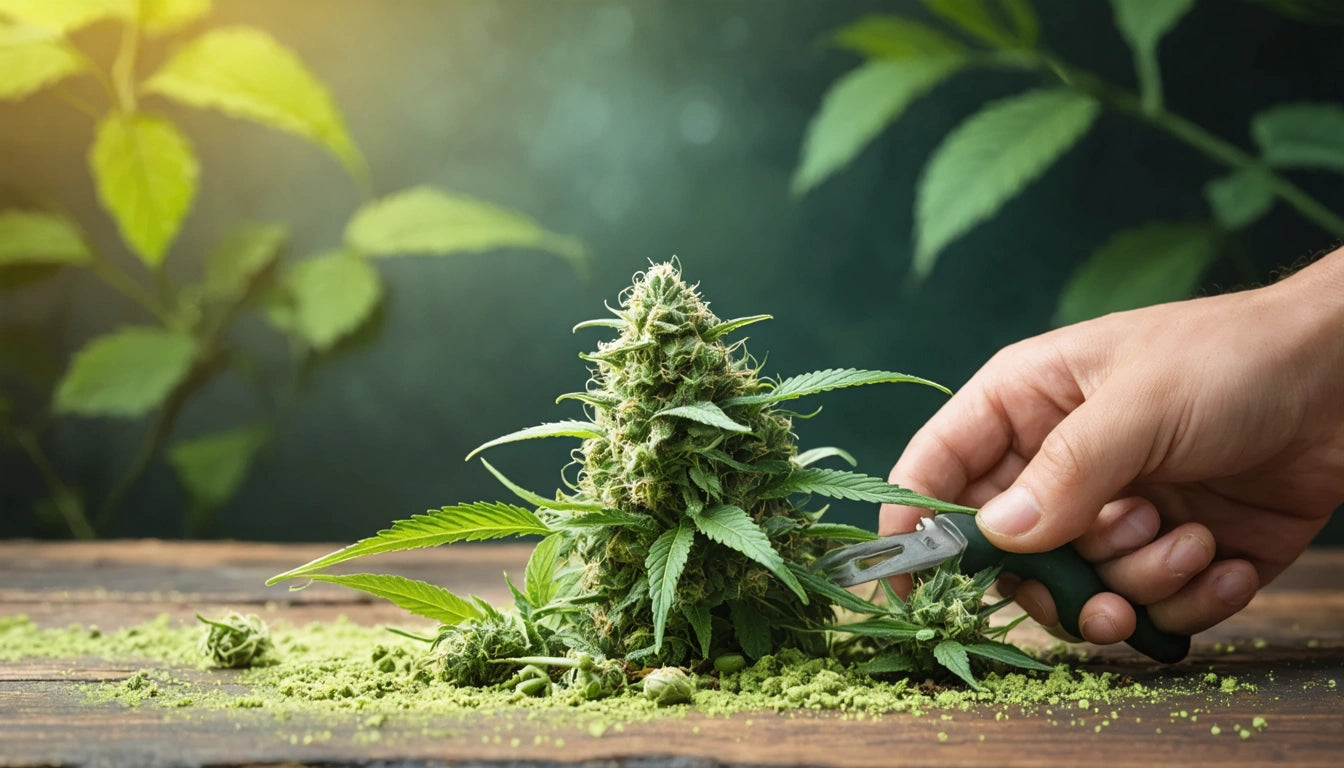Table of Contents
- What is Decarboxylation: Understanding the Science
- Why Decarboxylate Cannabis: Benefits and Applications
- The Oven Method: Most Common Decarboxylation Technique
- Sous Vide Method: Precision Decarboxylation
- Decarbing for Edibles: Making Infused Butter and Oils
- Best Practices and Safety Considerations
- Maximizing Potency and Preserving Terpenes
A Complete Guide to Decarboxylating Cannabis: Unlocking the Full Potential of Your Weed
Decarboxylation is an essential process that transforms raw cannabis into its active form. Whether you're making edibles, tinctures, or topicals, understanding how to decarboxylate weed properly ensures you get the most from your material. This comprehensive guide walks you through everything you need to know about decarboxylation, from the science behind it to practical methods you can use at home.
What is Decarboxylation: Understanding the Science
Decarboxylation is the chemical reaction that converts THCA (tetrahydrocannabinolic acid) in raw cannabis into THC (tetrahydrocannabinol), the compound responsible for cannabis's psychoactive effects. Similarly, it converts CBDA to CBD and other cannabinoid acids to their active forms.
In its natural state, what is decarboxylated weed? It's simply cannabis that has undergone this conversion process. When cannabis grows, it produces cannabinoids in their acidic forms, which have an extra carboxyl group (COOH) attached to their molecular structure. This carboxyl group prevents cannabinoids from binding effectively to your body's endocannabinoid receptors.
Through heat application, this carboxyl group breaks away as carbon dioxide (COâ‚‚), leaving behind the active cannabinoid. This is why smoking or vaping cannabis produces immediate effects, as the heat instantly decarboxylates the cannabinoids.
Why Decarboxylate Cannabis: Benefits and Applications
Understanding why decarboxylate weed is necessary helps appreciate the importance of this process:
- Activates cannabinoids for therapeutic and recreational effects
- Essential for creating effective edibles, tinctures, and topicals
- Maximizes the potency of your cannabis material
- Allows for precise dosing in homemade cannabis products
- Extends the shelf life of cannabis for certain applications
Without proper decarboxylation, your homemade edibles might deliver minimal effects, regardless of how much cannabis you use. Understanding decarbing is the first step toward creating effective cannabis-infused products.
Highlight: Proper decarboxylation can increase the potency of your cannabis by up to 90% compared to using raw, unheated material in edibles and tinctures.
The Oven Method: Most Common Decarboxylation Technique
Materials Needed:
- Cannabis flower or trim
- Baking sheet
- Parchment paper
- Grinder (optional)
- Oven thermometer (recommended)
Step-by-Step Process:
Learning how to decarboxylate flower in an oven is straightforward:
- Preheat your oven to 240 °F (115 °C). Using an oven thermometer is recommended as many ovens have inaccurate temperature readings.
- Lightly break up your cannabis. Grinding is optional but not necessary, as too fine a grind might burn the material.
- Spread the cannabis evenly on a parchment-lined baking sheet.
- Bake for 30-40 minutes for flower, or 40-50 minutes for trim and leaves.
- The cannabis should turn from green to a light golden brown.
- Allow to cool completely before handling or using in recipes.
This method is detailed in our comprehensive guide on how to decarb weed at home, which includes additional tips for optimizing results.
Sous Vide Method: Precision Decarboxylation
For those seeking precision, the sous vide method offers consistent results with minimal odor:
- Grind your cannabis coarsely.
- Vacuum seal or place in a ziplock bag using the water displacement method to remove air.
- Set your sous vide device to 203 °F (95 °C).
- Submerge the sealed bag and cook for 90 minutes.
- Remove, cool, and your decarboxylated cannabis is ready to use.
This method is particularly effective for how to decarboxylate marijuana with minimal aroma, making it ideal for discreet preparation. It also preserves more terpenes than oven methods, maintaining better flavor profiles in your final products.
Decarbing for Edibles: Making Infused Butter and Oils
When learning how to decarboxylate weed for butter or oil infusions, the process requires attention to detail:
- Decarboxylate your cannabis using one of the methods above.
- Combine the decarbed cannabis with butter or oil in a slow cooker or double boiler.
- Maintain a low temperature (160-180 °F or 71-82 °C) for 2-3 hours, stirring occasionally.
- Strain the mixture through a cheesecloth.
- Store your infused butter or oil in a sealed container.
For safety, especially when making edibles that children might access, store your cannabis-infused products in containers with child-resistant lids to prevent accidental consumption. These specialized containers provide an essential safety barrier while maintaining freshness.
Best Practices and Safety Considerations
When learning how to decarboxylate herbs like cannabis, follow these best practices:
- Use an oven thermometer to verify temperatures, as most ovens run hotter or cooler than their settings indicate.
- Decarboxylate in a well-ventilated area, as the process produces a strong cannabis odor.
- Store decarboxylated cannabis in airtight containers away from light and heat.
- Label all cannabis-infused products clearly and store them securely.
- Start with small doses when consuming homemade edibles to gauge potency.
Understanding optimal time and temperature for decarbing cannabis is crucial for achieving consistent results. Too much heat destroys cannabinoids and terpenes, while insufficient heat leaves much of the THCA unconverted.
Maximizing Potency and Preserving Terpenes
The decarboxylation process is about finding the perfect balance between activating cannabinoids and preserving the plant's terpene profile. Terpenes contribute to the entourage effect and provide the distinctive flavors and aromas of different cannabis strains.
To maximize both potency and flavor:
- Consider using a two-step decarboxylation process: start at a lower temperature (around 220 °F or 105 °C) for 15 minutes to preserve terpenes, then increase to 240 °F (115 °C) to complete the decarboxylation.
- Experiment with how to decarboxylate weed leaves separately from flower, as they require different times and may have different terpene profiles.
- Use humidity packs when storing decarboxylated cannabis to maintain optimal moisture levels.
- Keep detailed records of your methods, times, and temperatures to refine your process over time.
By mastering the art of decarboxylation, you unlock the full potential of your cannabis, whether for medical applications, culinary explorations, or creating potent homemade extracts. The process transforms raw plant material into a versatile ingredient that can be incorporated into countless products and remedies.











Leave a comment
All comments are moderated before being published.
This site is protected by hCaptcha and the hCaptcha Privacy Policy and Terms of Service apply.